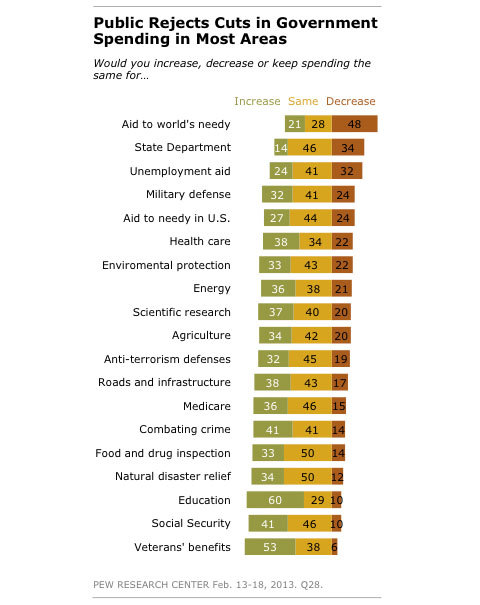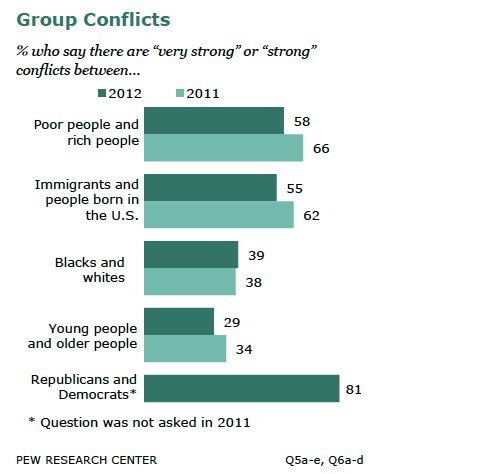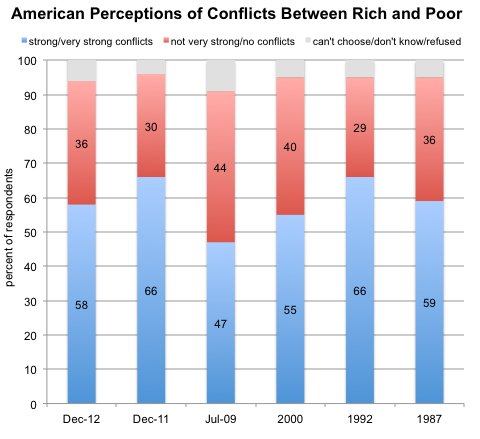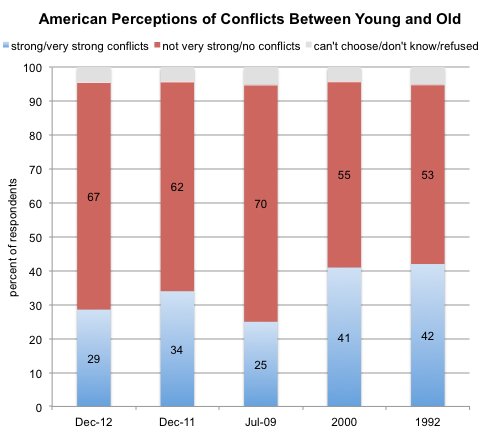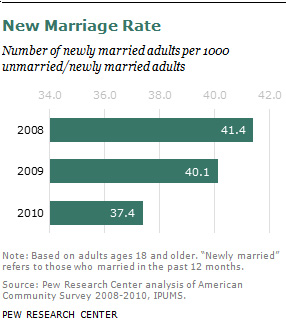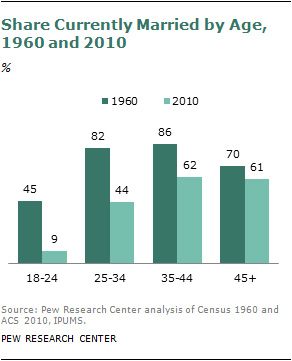Faced with the high cost of in-home care, many Americans end up providing care themselves for an aging parent or relative with a chronic condition. But by doing so, you may be putting your own finances, and even your health, at risk.
The number of adults caring for someone with a serious health problem is on the rise and is likely to continue growing as the population ages. Nearly 40 percent of American adults are caring for someone with a significant health issue, up from 30 percent in 2010, a recent survey from the Pew Research Center finds.
Those who care for an older family member are more likely to report poor health themselves, and to shortchange their own financial future, according to studies from the National Alliance for Caregiving and the MetLife Mature Market Institute.
“You take time away from work to make doctor calls, check on Mom or Dad, leave early to take them to a doctor’s appointment or stop by the pharmacy,” said Sharon Roth Maguire, the vice president of quality and clinical operations at BrightStar Care, which provides home care and health staffing services. “You’re not focused, because you’re really focused on what’s going on with your loved one at home.”
The relentless demands can drive you to leave your job, at least temporarily, but that has financial repercussions beyond the short-term loss of wages. The Family and Medical Leave Act, which requires certain types of employers to grant personal leave, doesn’t apply to all workers, and the leave is unpaid.
The impact is particularly significant for women. The average caregiver is a 49-year-old woman who works outside the home and spends almost 20 hours a week providing unpaid care to her mother for nearly five years, according to a study from the caregiving alliance and AARP.
A female caregiver who leaves the work force to care for a parent will lose, on average, more than $324,000 in wages and Social Security and pension benefits over a lifetime, according to a 2011 study from MetLife and the caregiving alliance.
“So many people, particularly women, say, ‘I’ll quit my job for six months to take care of Mom, and we’ll work out the finances,’ ” said Gail Hunt, president and chief executive of the caregiving alliance. “What they don’t think about is the impact on their Social Security and benefits down the road, as well as losing actual dollars from their income.”
Mary Anne Sterling, 47, a health care consultant in Ashburn, Va., understands firsthand the career and financial implications of caregiving. She became a consultant, she said, in part because she needed greater flexibility to deal with the needs of aging parents.
Ms. Sterling’s father died in 2001 of advanced dementia, after spending most of his financial resources before qualifying for Medicaid, the federal-state health program for low-income people. That meant little was left for her mother, who is now 83 and frail (and who had left her own career as a nurse early, to care for her husband). She lives in an independent-living apartment paid for by Ms. Sterling and her husband, but has at times required in-home care.
The cost of providing round-the-clock care was so high, Ms. Sterling said — as much as $500 a day — that she and her husband took more than a week off work to care for her until they could arrange for her to enter an inpatient rehabilitation center. Her mother is now doing well, but that could change with another fall, Ms. Sterling said.
Ms. Sterling estimated that over the last decade or so, she and her husband had spent roughly $250,000 to provide for her mother. That is money that they are not saving for their own retirement, she said. “At this point,” she said, “we’re very concerned about what this is doing to our future financial picture.”
Here are some questions to consider when deciding how to handle care for a family member:
1. Does Medicare cover home health care?
Only in limited circumstances, after a patient is discharged from a hospital stay; it generally won’t cover home care on an extended basis.
2. Does long-term care insurance cover home care?
Most policies do, if your family member has purchased a policy, which can be quite costly. Coverage varies, so check the policy for specifics.
3. Doesn’t Medicaid cover home care?
Yes, but eligibility requirements are usually narrow, and income limits are quite low. Some states have special waiver programs that cover care in an assisted-living facility; contact your state Medicaid agency.

E-mail: ann.carrns@gmail.com
Article source: http://www.nytimes.com/2013/08/28/your-money/assessing-the-costs-of-caring-for-an-aging-relative.html?partner=rss&emc=rss

